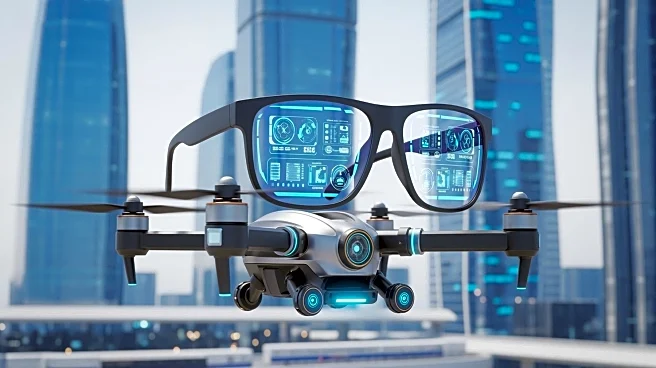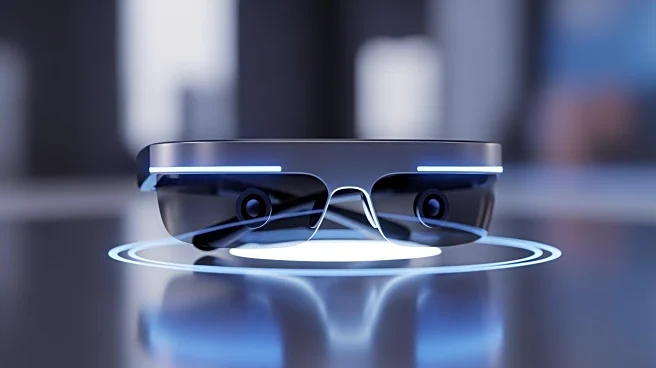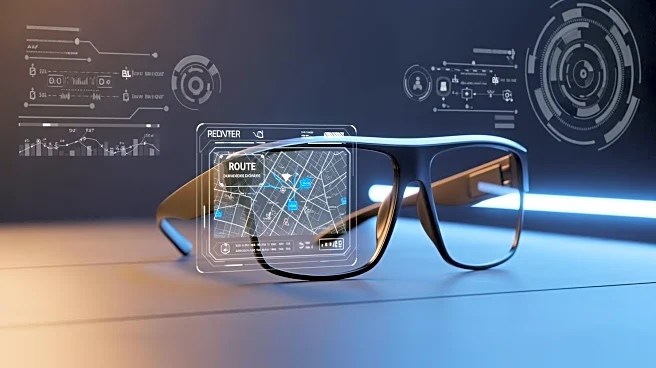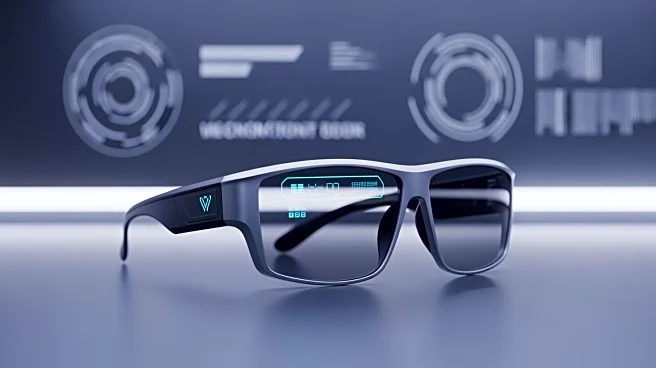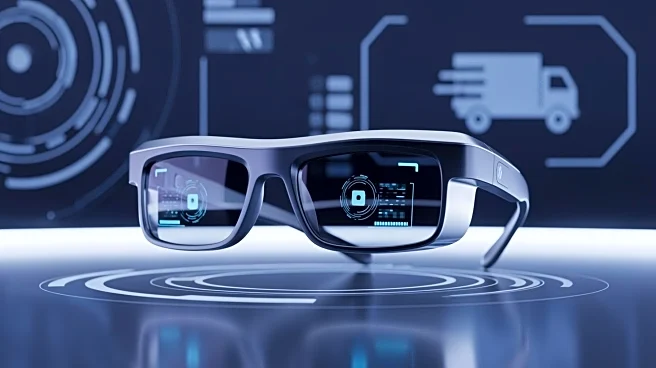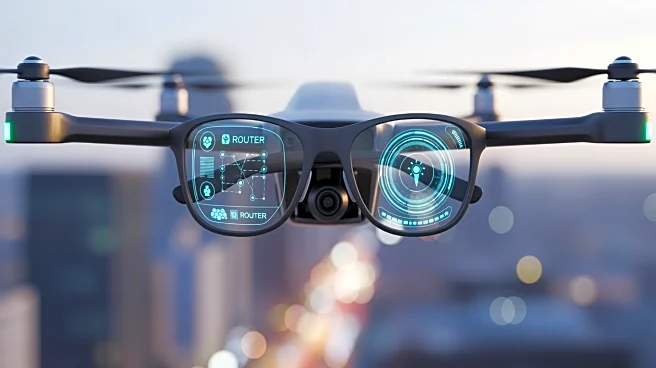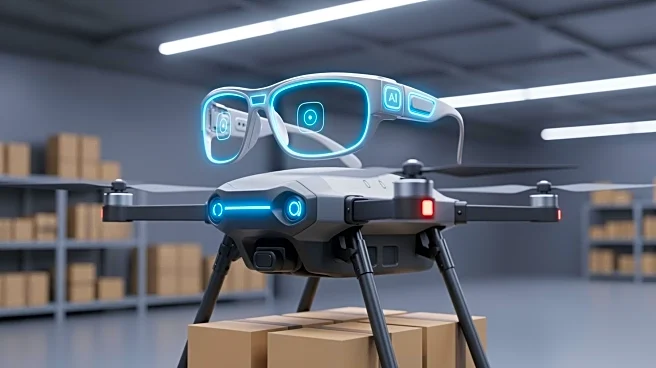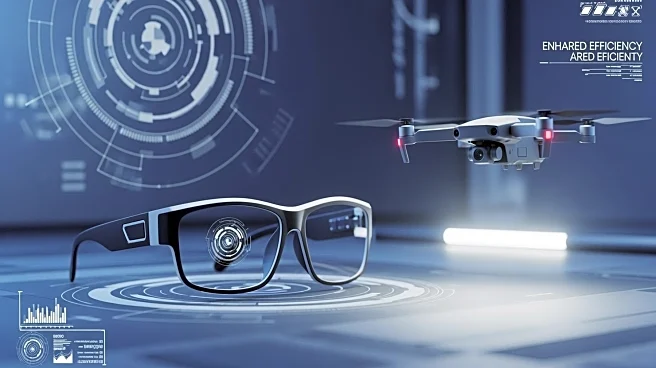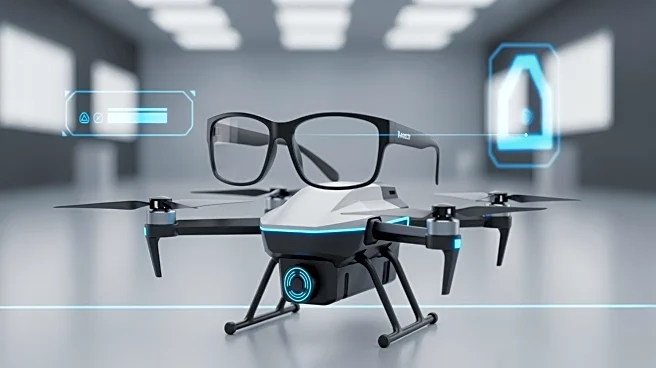What's Happening?
Amazon has initiated a pilot program to test augmented reality (AR) glasses with contract delivery drivers across North America. Announced on October 22, 2025, this trial aims to utilize AR technology to improve the efficiency of package drop-offs by
providing drivers with heads-up cues to locate safe delivery spots more quickly. The AR glasses, which are part of Amazon's broader strategy to integrate advanced technology into logistics, are expected to reduce the time drivers spend searching for delivery locations, potentially speeding up the delivery process. The pilot involves Galaxy-class headsets, which cost approximately $1,800 and offer around two hours of battery life, presenting both logistical advantages and challenges.
Why It's Important?
The introduction of AR glasses in delivery logistics could significantly impact the last-mile delivery sector by reducing delivery times and minimizing misdelivered packages. This technological advancement is particularly crucial as retailers prepare for peak shipping seasons, where efficiency and accuracy are paramount. If successful, the pilot could lead to widespread adoption of AR technology in logistics, prompting other retailers to explore similar innovations. The move also pressures AR hardware and software vendors to enhance battery life, ergonomics, and enterprise workflows, potentially driving further advancements in AR technology.
What's Next?
Should the trials prove successful, Amazon may expand the use of AR glasses beyond the pilot phase, potentially leading to faster delivery times and improved customer satisfaction. Other retailers might follow suit, adopting AR technology to streamline their logistics operations. However, the implementation of AR glasses raises questions about driver safety and privacy, which may prompt discussions among unions and regulators. The industry will need to address these concerns to ensure the technology is beneficial without compromising safety standards.
Beyond the Headlines
The use of AR glasses in logistics could redefine the role of technology in everyday operations, shifting AR from a consumer novelty to a critical operational tool. This development may also influence the design and functionality of future AR devices, as manufacturers strive to meet the demands of logistics applications. Additionally, the integration of AR in logistics could lead to new privacy and safety regulations, as stakeholders seek to balance technological innovation with ethical considerations.
